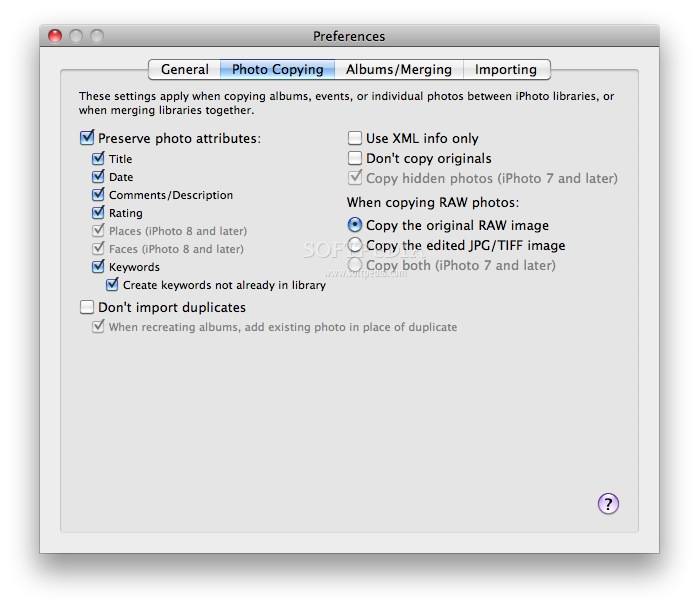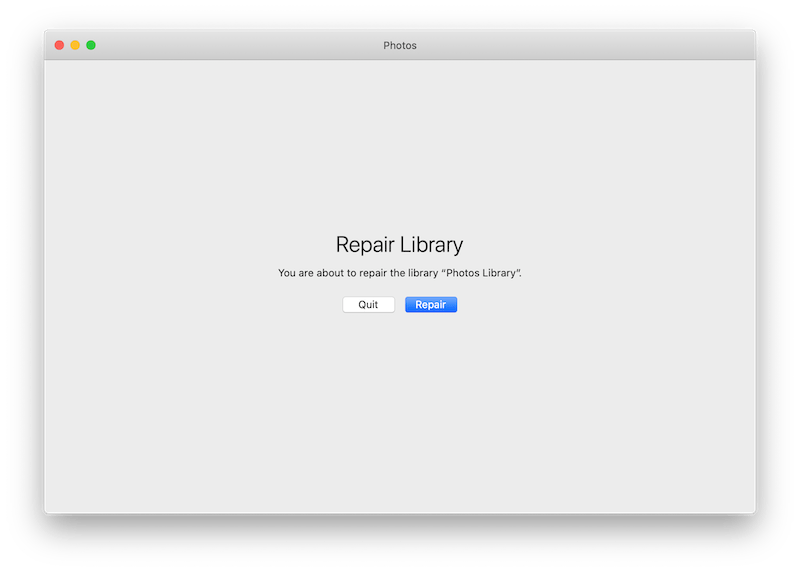

- #IPHOTO LIBRARY MANAGER HELP MAC OS X#
- #IPHOTO LIBRARY MANAGER HELP FULL#
- #IPHOTO LIBRARY MANAGER HELP SOFTWARE#
- #IPHOTO LIBRARY MANAGER HELP MAC#
- #IPHOTO LIBRARY MANAGER HELP WINDOWS#
Open Activity Monitor in the Utilities folder in Launchpad, and select All Processes on the drop-down menu at the top of the window.
#IPHOTO LIBRARY MANAGER HELP WINDOWS#
If iPhoto Library Manager is frozen, you can press Cmd +Opt +Įsc, select iPhoto Library Manager in the pop-up windows and click Force Quit to quit this program (this shortcut for force quit works for theĪpplication that appears but not for its hidden processes). Terminate iPhoto Library Manager process(es) via Activity Monitorīefore uninstalling iPhoto Library Manager, you’d better quit this application and end all its processes. To fully get rid of iPhoto Library Manager from your Mac, you can manually follow these steps: 1. You should also be aware that removing an unbundled application by moving it into the Trash leave behind some of its components on your Mac.
#IPHOTO LIBRARY MANAGER HELP MAC#
Mac users can easily drag any unwanted application to the Trash and then the removal process is started. Thus, different from the program uninstall method of using the control panel in Windows,
#IPHOTO LIBRARY MANAGER HELP MAC OS X#
Most applications in Mac OS X are bundles that contain all, or at least most, of the files needed to run the application, that is to say, Manually uninstall iPhoto Library Manager step by step: Continue reading this article to learn about the proper methods for uninstalling iPhoto Library Manager. Removing all its components is highly necessary.
#IPHOTO LIBRARY MANAGER HELP FULL#
But if you are trying to uninstall iPhoto Library Manager in full and free up your disk space, The settings of this program still be kept. Still remains on the hard drive after you delete iPhoto Library Manager from the Application folder, in case that the next time you decide to reinstall it, Generally, its additional files, such as preference files and application support files, When installed, iPhoto Library Manager creates files in several locations.


Instead of installing it by dragging its icon to the Application folder, uninstalling iPhoto Library Manager may need you to do more than a simple drag-and-drop to the Trash. IPhoto Library Manager is a third party application that provides additional functionality to OS X system and enjoys a popularity among Mac users.
#IPHOTO LIBRARY MANAGER HELP SOFTWARE#
Unlike the software developed for Windows system, most of the applications installed in Mac OS X generally can be removed with relative ease. In addition, the app offers simple tools for transferring images between libraries and is also able to perform searches across the entire database.How to Uninstall iPhoto Library Manager Application/Software on Your Mac IPhoto Library Manager offers you the possibility to make the most out of iPhoto by helping you to organize your photo albums into smaller libraries. Great tool for organizing albums into multiple iPhoto libraries However, iPhoto Library Manager makes sure that the copied photos retain all the attached metadata (keywords, ratings, faces, and more). The images transfer from one library to the other is performed through simple drag and drop actions. The same area allows you to change the view mode and includes a minimalist search bar that can find items across all libraries. In addition, the top toolbar includes buttons for basic functions: create / add / remove library, reveal in Finder, open iPhoto, find duplicates, or merge libraries. Most functions can be accessed via the main window which is organized in three areas: on the left you can view a list with all detected libraries, the center is reserved for the events list and other smart folders, while the section on the right displays thumbnails for the included photos. IPhoto Library Manager comes with a fairly organized design which makes the app intuitive to use.

IPhoto Library Manager is a macOS application that allows you to manage all your iPhoto libraries via a simple, organized user interface, comes with powerful search capabilities, and allows you to transfer files between libraries. Navigate all iPhoto libraries through an organized user interface On the other hand, this makes things more complicated when you need to find an image and you do not know the assigned iPhoto library. Large iPhoto libraries can take a toll on the overall application performance, so breaking down your photos collections into multiple libraries seems to be a good idea.


 0 kommentar(er)
0 kommentar(er)
